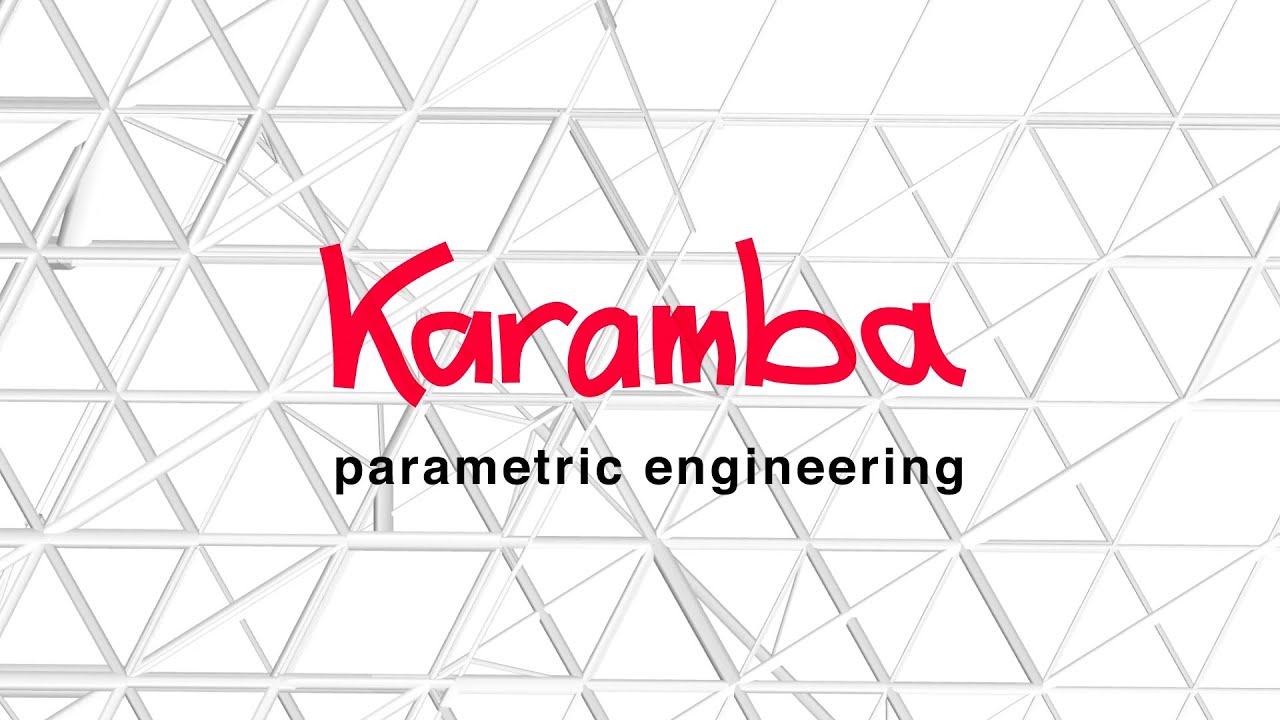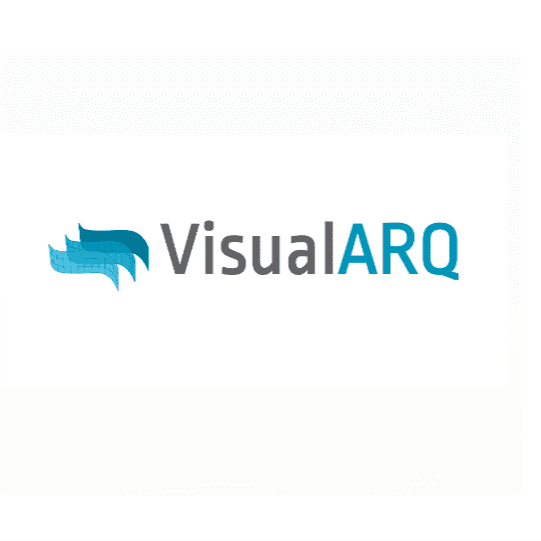Transitioning to Rhino 3D
Everything you need to get started with a flexible, modern CAD workflow
Why Choose Rhino 3D?
Rhino is trusted by architects, designers, and engineers worldwide for its precision, flexibility, and freedom from subscription pricing. Whether you're working in 2D or 3D, Rhino provides the tools you need — with complete control over your files and your workflow.
Key Benefits
- One-time purchase – no forced subscriptions
- Full DWG/DXF support – import and export industry-standard files
- Precision 3D modelling – ideal for complex and freeform geometry
- Expansive plugin ecosystem – Grasshopper, VisualARQ and more
- Efficient and lightweight – fast performance on standard hardware
Getting Started with Rhino
Importing Existing CAD Files
Rhino opens DWG and DXF files directly. Layers, colours, lineweights, hatches, and blocks are preserved, allowing you to continue working with familiar content from other platforms.
Working with Blocks
Rhino uses blocks to manage repeated geometry within your model. A block is a named group of objects that can be inserted multiple times.
Blocks are ideal for:
- Fixtures, furniture, or repeated components
- Symbols, details, and annotations
- Keeping your file size efficient
- Making global updates easy
Block types include:
- Embedded blocks – stored within the current file
- Linked blocks – reference external .3dm files
- Linked & embedded – linked but saved internally for portability
You can manage blocks using the BlockManager, or insert them using the Insert command.
Rhino blocks are static, meaning their geometry does not change unless you manually redefine or replace them. For parametric behaviour, consider using Grasshopper, Rhino’s visual scripting tool.
Managing Large Projects with Worksessions
Rhino’s Worksession feature allows you to reference multiple Rhino files without merging them into one. This is ideal for large or collaborative projects.
Use worksessions when:
- You want to keep models modular and manageable
- You’re working with a team and want to control access to specific files
- You need to reference survey data, site plans, or third-party models
Only one file is editable at a time in a worksession. You can view and snap to geometry in all referenced files, but edits are restricted to the active model — helping you avoid accidental changes to master content.
Worksessions and blocks can be used together: for example, each building or module could be a block, while the full site is assembled using a worksession.
Understanding File Tolerance in Rhino
Rhino uses absolute tolerance to control how precisely geometry is created, joined, and displayed. Correct tolerance settings are essential when working with detailed models or exporting to other formats.
Set the model tolerance early under File > Properties > Units.
For example:
- Use 0.01 mm for architectural or mechanical precision
- Larger tolerances may be acceptable for conceptual modelling
Commands such as Join and Check help ensure your geometry is accurate and clean.
Learning Resources
Rhino is supported by a wide range of free and professional resources:
Training is available for all levels, from basic commands to advanced parametric design
Ready to Get Started?
We offer tailored advice, student and commercial licences, and plugin support to help you make the most of Rhino 3D.





